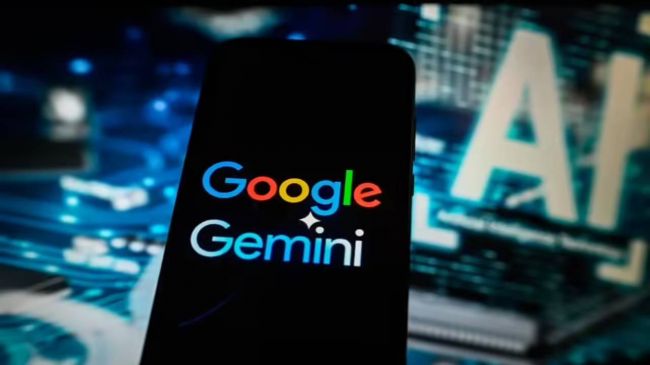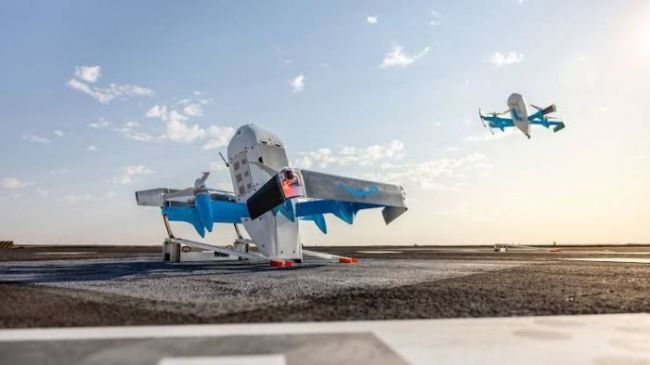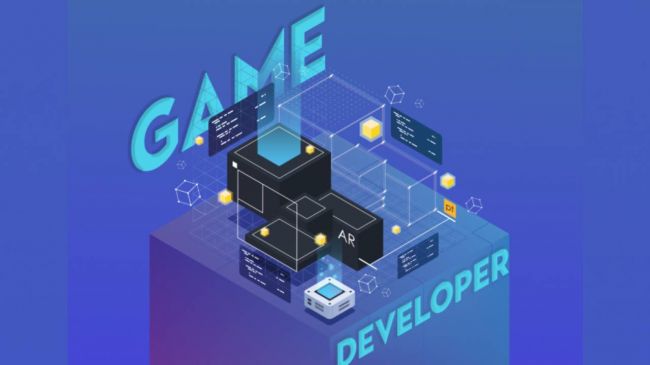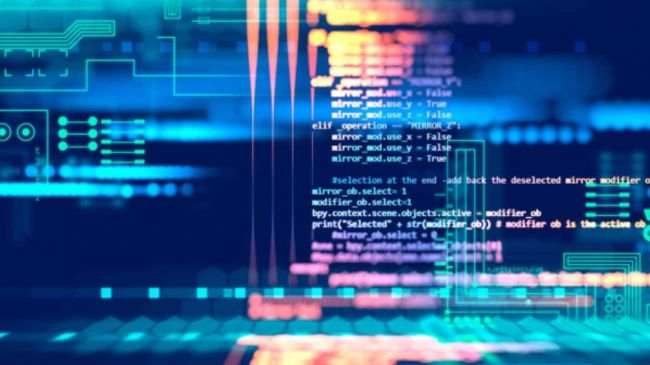The Future of Identity: Deepfakes, Biometrics, and Trust
Identity has always been the foundation of human interaction. Whether I’m logging into my bank account, voting, or unlocking my phone, trust in identity systems shapes my daily life. But what happens when technology makes it harder to know who’s real and who’s not? That question sits at the center of today’s identity crisis, driven by deepfakes, biometrics, and shifting notions of trust.
Why Identity Is Changing
Traditional identity relied on documents, passports, driver’s licenses, and ID cards. But in a digital world, paper-based proof feels outdated. In 2025, nearly every interaction happens online, which means identity needs to be portable, secure, and verifiable across platforms.
At the same time, new threats challenge how we recognize one another. Deepfake technology can replicate faces and voices convincingly. Biometric authentication systems promise stronger protection, but they also raise concerns about privacy and misuse. Trust, once anchored in face-to-face recognition, now depends on algorithms.
So, will future identity systems protect us or expose us even more?
The Deepfake Dilemma
Deepfakes aren’t science fiction anymore. By 2023, over 500,000 deepfake videos circulated online, with numbers rising sharply each year. Politicians, celebrities, and even everyday people have been targets.
The danger isn’t only about fake videos. Deepfakes undermine the basic ability to trust what we see and hear. Imagine receiving a video call from your CEO instructing you to transfer funds. Would you pause to check if it’s really them? In 2023, scammers used AI voice clones to steal over $11 million from companies by tricking employees into authorizing wire transfers.
The future of identity means building systems that can detect deepfakes in real time. Companies like Microsoft and Intel are testing detection frameworks, but the technology is still a step behind the creators.
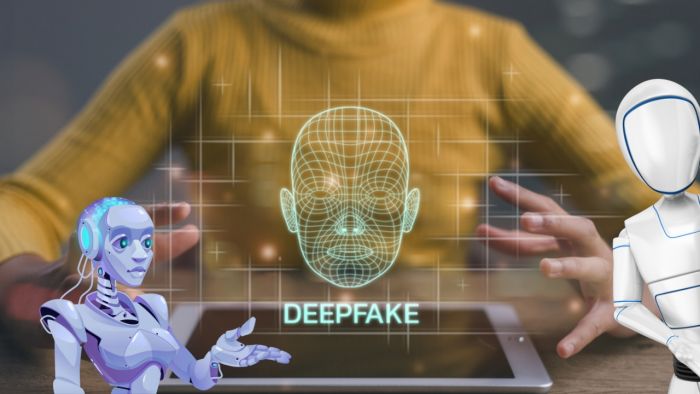
Biometrics: The New Passwords
Fingerprints, facial recognition, iris scans, and even heartbeats now act as digital keys. Apple’s Face ID and fingerprint sensors have normalized biometrics, while airports worldwide deploy biometric boarding systems. According to MarketsandMarkets, the biometric system market is projected to hit $82.9 billion by 2027.
But biometrics raise difficult questions. Unlike passwords, I can’t change my fingerprint if it gets stolen. Data breaches like the 2019 U.S. Customs and Border Protection hack exposed biometric data of thousands of travelers, proving these systems are not invincible.
So, how do we balance convenience with security? Multi-factor authentication, combining biometrics with digital tokens or behavioral analysis, may be the future.
Trust in the Age of AI
Trust is the glue of identity. For centuries, trust was local; you knew your community and recognized people by sight or voice. Today, trust must scale across billions of users and countless interactions.
This is where decentralized identity (DID) comes in. Built on blockchain, DID allows individuals to own and control their credentials without depending on governments or corporations. Projects like Microsoft’s Entra Verified ID are testing how decentralized identity can work in practice. The idea is simple: I control my data, and I choose who to share it with.
But decentralized systems aren’t a cure-all. Governments still need ways to verify citizens, banks must prevent fraud, and employers must confirm workers’ identities. The challenge is building trust without handing over too much power to any single authority.
The Future: Where Are We Headed?
So, what does the future of identity look like in 2030? A few trends seem clear:
- Biometrics everywhere – Face and voice recognition will dominate, from unlocking homes to accessing healthcare.
- Deepfake defense tech – AI-powered tools will verify media authenticity instantly.
- Decentralized identity adoption – Wallets storing digital IDs, driver’s licenses, and credentials will replace traditional IDs.
- Hybrid trust models – Governments, companies, and individuals will share responsibility for identity verification.
The central question remains: how much control should I have over my own identity, and how much should institutions hold?
Shaping Tomorrow’s Identity
Identity is no longer a static document; it’s a living, digital layer woven into every interaction. Deepfakes threaten to erode trust, while biometrics and decentralized identity offer new ways to restore it.
The future of identity won’t be about proving who we are once. It will be about continuously verifying authenticity in a world where seeing is no longer believing.
Post Comment
Be the first to post comment!
